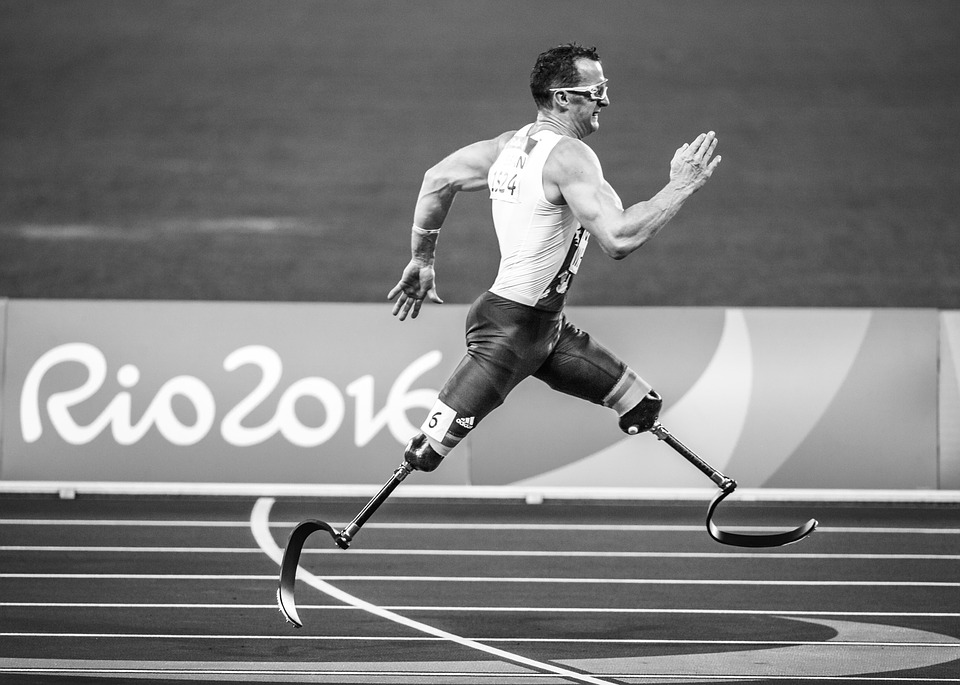OTAN News
Disability and the Promise of Artificial Intelligence

Artificial intelligence (AI) may seem like the stuff of the future (and it has been in the world of science fiction for many years), but AI is already making inroads into our daily lives, in especially compelling ways for people with disabilities.
Technology has assisted people with disabilities for many years, powering inventions such as hearing aids and motorized scooters. Inventions for people with disabilities, including the typewriter, telephone, audiobooks, and closed captioning, have also become accessible to those without disabilities through inclusive design, which considers the abilities of many. The hope is that AI through inclusive design can power technology in the development of new products and services and wider access to said items in the future.
Large and small companies are exploring AI and how it can be harnessed for good. Microsoft's AI for Accessibility is providing grant money to organizations to work on products for people with disabilities. A number of companies are taking the lead to bring apps and products to the market. A great example is Ava , an app that converts speech to text of all the participants in a group conversation. This allows deaf and hard of hearing individuals to fully participate in the discussion. Similarly, the Brazilian company HOO-BOX is developing a wheelchair that is controlled by the facial expressions of its user.
Although there are many thoughts about AI and how it will be used in the future, there are major concerns that still need to be addressed in the present. For example, we are starting to see some of the fundamental issues with data and algorithms that build bias against women and minorities into products and services. As a community that is often marginalized, people with disabilities and their advocates share similar fears. Certainly, these issues and more will need to be addressed as we begin to incorporate AI into the products and services we use and will use in our daily lives, whether we have disabilities or not.
Source: How people with disabilities are using AI to improve their lives
Source: Talking gloves, tactile windows: new tech helps the disabled

